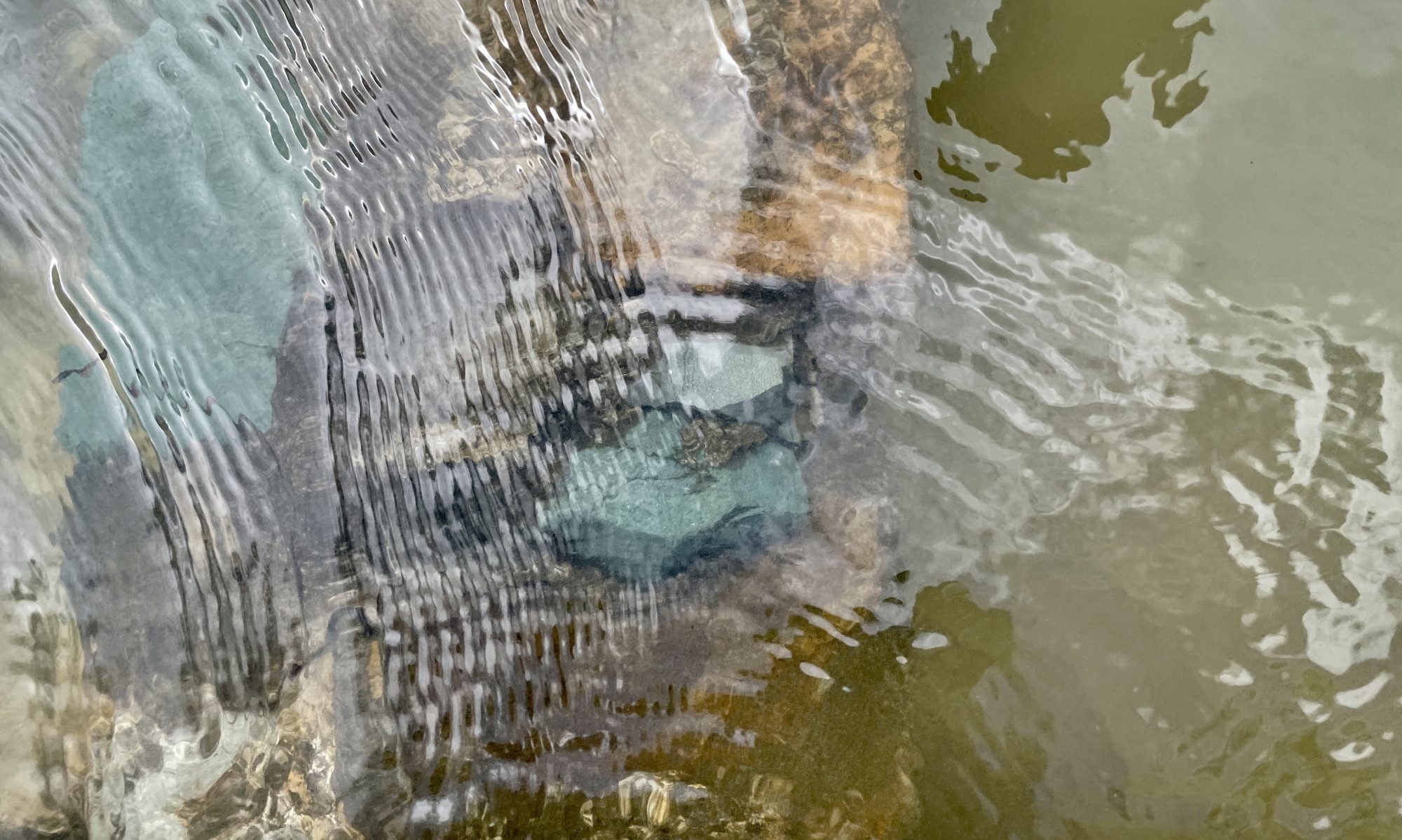 You may have already started to get the idea from the new work I’m developing at the Fire Station Arts Centre studio that boxes (and birds) play a part in the work. How the boxes would take shape was always one of those things I had to work out, as I was keen to have a range of shapes and sizes. The process of applying the collage-type urban landscapes to the outside of the boxes was also something that was going to require some experimentation, and I think I’ve finally worked that out.
You may have already started to get the idea from the new work I’m developing at the Fire Station Arts Centre studio that boxes (and birds) play a part in the work. How the boxes would take shape was always one of those things I had to work out, as I was keen to have a range of shapes and sizes. The process of applying the collage-type urban landscapes to the outside of the boxes was also something that was going to require some experimentation, and I think I’ve finally worked that out.
The more time I’ve spent constructing these boxes, altering their shape, gluing newspaper to them, painting them, taking and printing photographs to apply to the exterior, the more I’ve started to realise how important the source product is to the concept behind this work. As I collect boxes from various retailers of consumer products around Dubbo, from kind donations left at the studio door, and gather those not already in use at home, I’ve started to take note of what they once contained – statements of what makes up our lives and gets packaged in cardboard (and often plastic) to be shipped to our favourite shops and homes…shopping malls and housing estates – vast areas of land that once contained natural vegetation, razed to the ground, moved and mounded, levelled and pegged, reformed, resurfaced, ready for human habitation. Then there’s the process of making cardboard…another part of the story.
I’ve so far used boxes that contained a dishwasher, a vacuum cleaner, children’s joggers made in China, coffee pods, underwear (again made in China)…as well as a few I constructed from scratch using donated polysterene sheets and scrap cardboard. These ones probably won’t be used in the final work.
Birds are an indicator species used widely across the world for their ability to indicate the health of the environment. They are not so sensitive that they disappear at the first signs of change and certainly some birds adapt too well, which results in things being out of kilter. It’s often the little birds who suffer the most. The ones who require understorey and dense, spiky vegetation (shrubs) to build their nests and seek protection. While our shopping precincts and housing estates are often well populated with magpies and crows, sparrows, starlings, minor birds, peewees and various other well-adapted locals and immigrants, the pardalotes, small honeyeaters, wrens and finches are rarely seen, if ever.
It’s not just about whether or not birds exist alongside us, for me, it’s about the biodiversity of the population and what isn’t there. When I’m travelling to other parts of this country, it’s one of the first things I listen for. When birdsong is not part of my day, I feel uncomfortable. The guys that live around me have become my friends, which has probably come from watching and listening to them closely over so many years. They are my indicators – of the season, of when something is wrong, of how I’m feeling and how good the place I live really is.
*Boxed in was the name of an earlier installation work from 2008 – using boxes constructed of photo montages to build a wall.

Thanks Jane. It’s an evolving concept. I think the foundation of it’s a strong one, but there are elements of the work that I’m prepared to explore further and even be influenced by others on. Will see what happens!
Interesting concept and work Kim.